When we set out to launch a nonprofit dedicated to creative placemaking in our community a couple years ago, neither of us really knew what we were doing. Sure, we had an idea of what a program should look like, and meeting dozens of acclaimed muralists over the past dedace, both in Nashville and through our travels, has helped us put all the pieces of the puzzle together. But figuring out how to start a mural program is no easy effort; it takes passion, drive, a thick skin, funds, connections to skilled artists, support from others and the ability to not back down, even when all the odds are against you.
This post was last updated in February 2021.
At first, we tried to get the city and tourism commission in the town where we lived to back our efforts, but Manchester’s government moves at a snail’s pace, so while they kept expressing interest, ultimately nothing happened after we submitted the framework for a mural program to them for more than a year—until we stepped in and decided we’d figure it out on our own.
And thus DMA-events was born; to date, we’ve contributed more than $150,000 in public art throughout the state of Tennessee. You can read the whole story of how DMA-events and our county-wide creative placemaking project came to be here.
Why cities should support the arts
That said, Manchester is an anomaly because many cities across the United States are committing funds from their annual budgets to the arts; they understand the importance of investing in their community. Take Knoxville, for example. The eastern Tennessee city where I went to college now has an annual budget of $230,000 for public art and, in the past several years, has funded more than $1 million in projects.
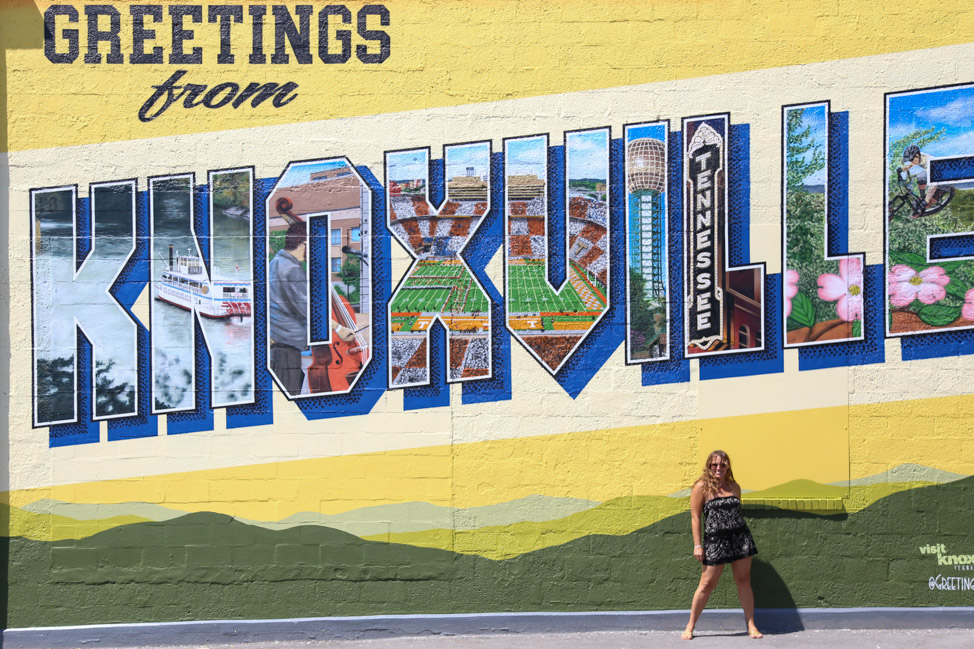
This is not the new mural in question, but rather the Tennessee leg of the Greetings Tour by Victor Ving.
A couple years ago, it approved the installation of a mural that cost $151,000, which may sound pricey to some, but the impact of public art is immeasurable. Good art costs money, but the reverberations are something you can’t measure in dollars.
Oklahoma City, a place near and dear to our hearts, also gets it and follows suit thanks to the city’s 1 Percent for Art ordinance, which requires one percent of the construction budget for public projects be spent on public art. The Amp Up OKC initiative outlines 13 objectives focused on the creation, presentation, and promotion of art with the goal of inspiring and communicating the city’s commitment to the social, economic, and cultural well-being of residents and has approved numerous multi-piece installations and mural projects.
The result? Oklahoma City has become a destination for the arts, not to mention an attractive place for creative entrepreneurs to relocate.
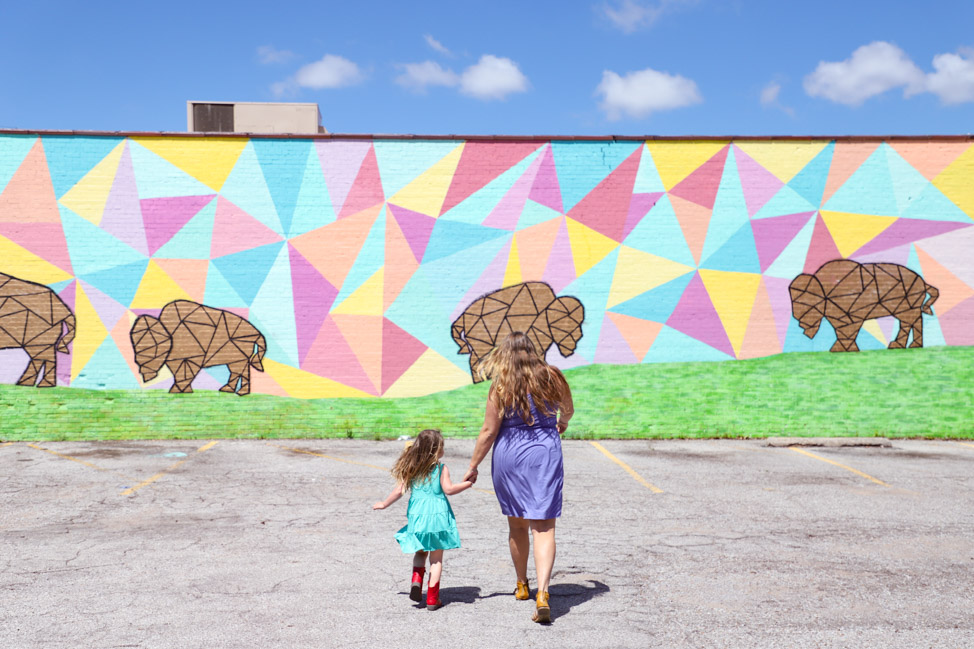
So why aren’t all communities embracing murals and public art like Knoxville and OKC?
I’ve got a few theories.
They don’t actually understand what art is
Here’s what everyone with a loose grasp on “art” wants to do in their town: paint an influential citizen on the wall. Paint a train car along the railroad. Paint buildings on buildings, an old-timey scene of the town back in its heyday, “something of historical significance.” PAINT A HORSE-SWAPPING SCENE. Yikes.
As SVV says: “If you want to brand yourself as a podunk community, put podunk things on the wall.”
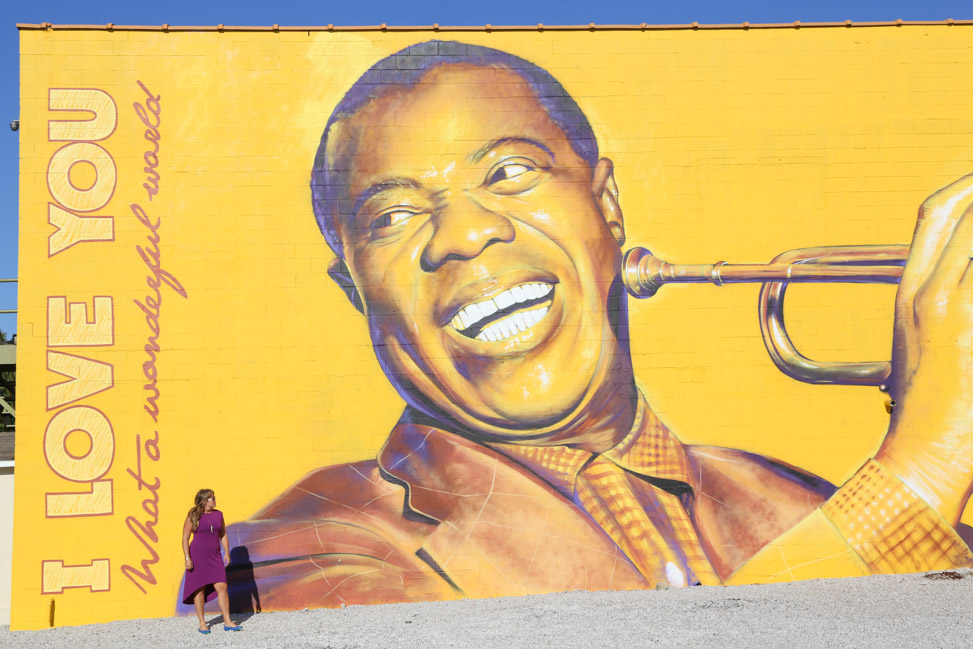
Not a podunk mural. One of my favorite murals ever, located in Lexington, Kentucky and painted by Sergio Odeith.
They don’t get that art isn’t just about art
Sure, murals are pretty and they make great photo backdrops and people loooove to post them on Instagram, but the benefits extend far beyond that. They’re tied to tourism—who among us hasn’t traveled out of our way to see a cool mural or government-funded sculpture we’ve heard about in person? They instill a sense of civic pride and safety. They boost economic growth, inspire investment in community, prompt relocation and contribute so many more benefits.
The National Endowment for the Arts says “Creative placemaking animates public and private spaces, rejuvenates structures and streetscapes, improves local business viability and public safety, and brings diverse people together to celebrate, inspire, and be inspired. “
So yes, it’s art, but it’s not just about that feel-good effect—public art’s benefits exceed mere visual impact. In fact, Murfreesboro, the hub for high school sports in the state of Tennessee, participated in a study that showed that art had five times the economic impact as sports. Mull that over for a bit.
They let committees dictate the art
Not long ago, we passed through a distinguished Southern town and were surprised to see it had but one mural in its entire community—and it was, well, not inspiring to say the least. It looked as if 20 different people had thrown recipes into a pot and hoped and prayed what would come out wasn’t a mess. Unfortunately, it was, and it made even more sense when we read the fine print that the “mural” (which is giving it far more credibility than it deserves) was established by a design committee, meaning it was likely as we thought: an amalgamation of ideas. You, as the one commissioning a muralist, are choosing an artist based on their merit and portfolio because you were drawn to their work. The second you try to dictate what goes up there is the second it all goes to sh*t. Surrender your need to micromanage and give the established artist a blank canvas on which to paint, and I ensure you the result will be magic. Going forward, we may share an idea of what kind of art we like, then we’ll relay any muses to the muralist, but it stops there. We don’t tell him/her, “we want you to draw a wagon wheel and a pair of horses,” because the second you are art-directing, it ceases to become art.
They think, by adding art, the town will lose its historic character
Nope, nope and nope. I have many friends who have master’s degrees in historic preservation, and one recently told me: “I feel like preservation gets a bad rap often because of professionals not being willing to adapt and situations like this just reinforces that stereotype. As a preservationist myself, this makes me really sad because people in those positions are to keep historic character intact but also allow the community evolve and not freeze it in time.” Another friend in the field said, “you’re not trying to destroy preservation, you’re trying to make it culturally relevant for today’s generation.” I couldn’t have said it better myself.
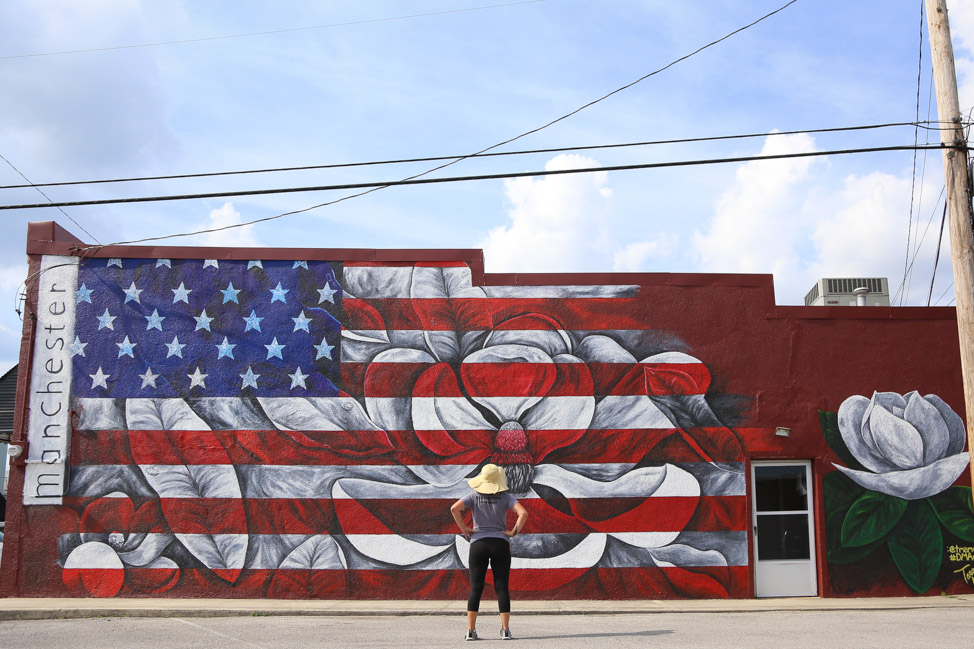
The infamous Southern Magnolia mural in Manchester by Tara Aversa not only helped to dress up a dilapidated town square but also inspired many downtown residents to improve their own buildings.
Similarly, they try to attach meaning to every single piece
If I had a quarter for every business owner who has come to us and asked if we could help them paint a Tennessee flag, a portrait of a local who did Some Great Thing or anything “that represents the area” on their building … well, I’d have $50 at least. The best art is the kind that inspires artists. And no offense, but it is not a horse-swapping reenactment, a map of your downtown, or 17 different figures a committee voted on and forced the artist to paint cohesively into one scene.
Nothing is less inspiring.
Don’t be those people I highlighted above. Be the innovator, the trailblazer, the change you want to see in your town.
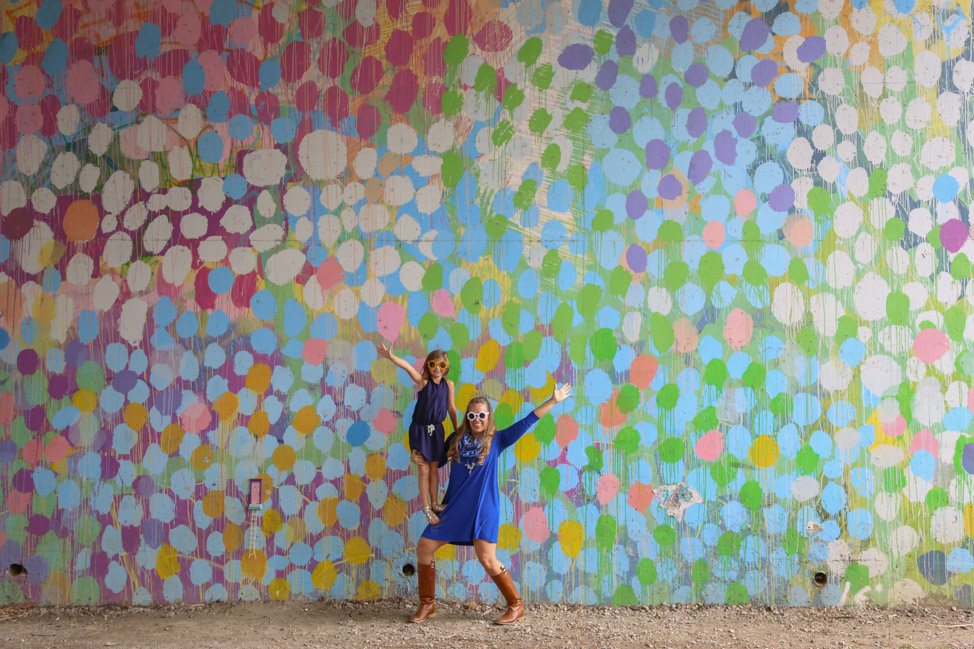
Alex Hense’s mural on the Atlanta Beltline
Looking to bring murals to your own community?
Here are some tips I’ve compiled as we’ve learned the hard way what does and doesn’t work.
Recognize that a sign and a mural are two very different things
Before we put up the Southern Magnolia, we had businesses who wanted us to hire a muralist to paint something that related to their brand or their logo in nice, big and bold colors on the side of their building. NOPE. There are plenty of sign companies out there capable of doing this, but a sign and a mural are two very different things. To reference one of my favorite pieces of literature, the U.S. Constitution, signage falls under the scope of advertising whereas murals are protected by the First Amendment.
“Congress shall make no law respecting an establishment of religion, or prohibiting the free exercise thereof; or abridging the freedom of speech, or of the press; or the right of the people peaceably to assemble, and to petition the Government for a redress of grievances.”
We still frequently have to explain to businesses that, while we will promote the fact that they helped fund or host the mural, their name or logo cannot be anywhere on it. It’s literally impossible to comply with local sign ordinances if anything commercially related is involved (i.e. commercially protected speech, which has an entirely different set of intentions than pure, individual art).
Know that you’re (likely) going to spend a lot of your money
Twenty-five murals in now, we’re frequently asked: “where does the money come from?” On our first effort, we had a generous local bank fund the majority of the artist fees, for which we were very thankful, and the building owner chip in on the costs as he was also getting a free paint job from SVV out of the deal.
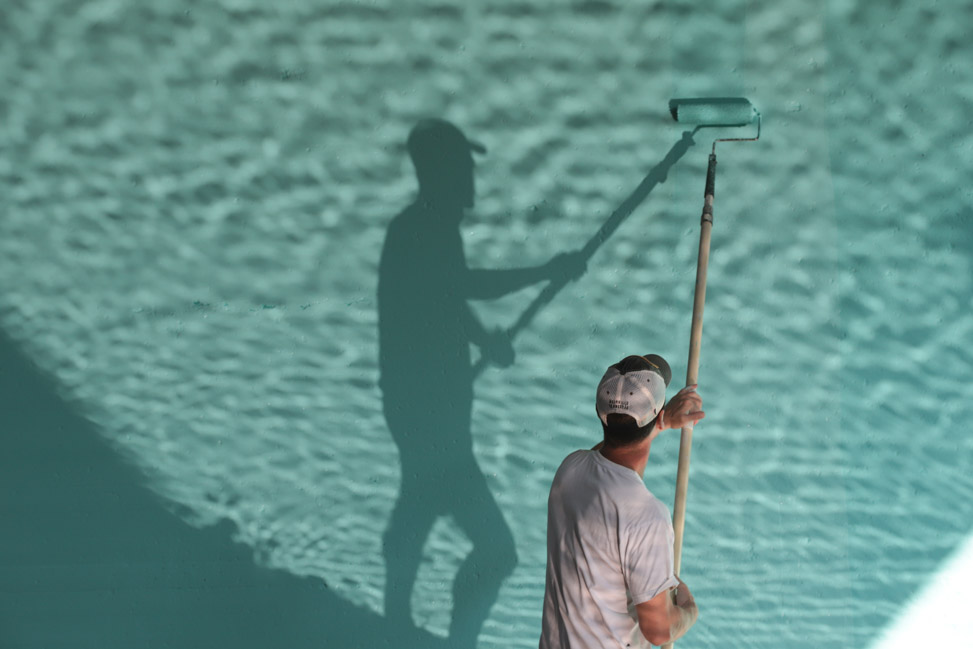
But there are always unforeseen expenses, and on every mural we’ve likely contributed some of the nonprofit’s reserve—not to mention the hundreds of hours of time (coordinating, hiring the artist, prepping the walls, photographing, marketing, etc.) and volunteer work doing the manual labor of painting, setting up scaffolding and the like. This is where SVV’s background as a commercial painter comes in handy; we actually save money by having him go in and buff/patch/paint the walls in advance, even if it is a lot of time away from our own paying work and clients. Which leads me to this….
Know that this is a time-consuming passion project
If you think it’s as easy as finding an artist you like, reaching out and getting it going ASAP, you’re out of your mind. We’re been cultivating relationships with artists we love for the past years, building up trust within the community and supporting their other projects as a way to establish rapport. Artists are so used to people coming to them and wanting a handout—”oh, but this will be great exposure for you!” they’re told; very similar to what us writers/photographers hear on the regular (*eye roll*)—so are naturally suspicious of someone they don’t know shooting them a note and wanting them to come paint their building. We work hard making friends with these artists well before we hire them for a project, then work with them to find a price point that’s fair and within our budget as a fledgling grassroots organization. Then, there’s the matter of issuing contracts, finding a property owner who aligns with your vision, coming up with a contract with the property owner stating that they won’t paint over the mural in so many number of years, finding ways to fund your mural, lining up equipment rentals, finding a time that works within the artist’s schedule, the list goes on. Simply put: It ain’t easy.
Realize that no one is every going to care about your program as much as you
We had several friends, business owners in the community, who we thought would support our efforts to beautify the town in which they live and work, but quickly realized that if it didn’t directly impact their bottom line, they didn’t really care. It’s sad because murals do drive tourism and stimulate the economy. In addition, they inject a sense of place and community that is tough, and actually impossible, to purchase anywhere.
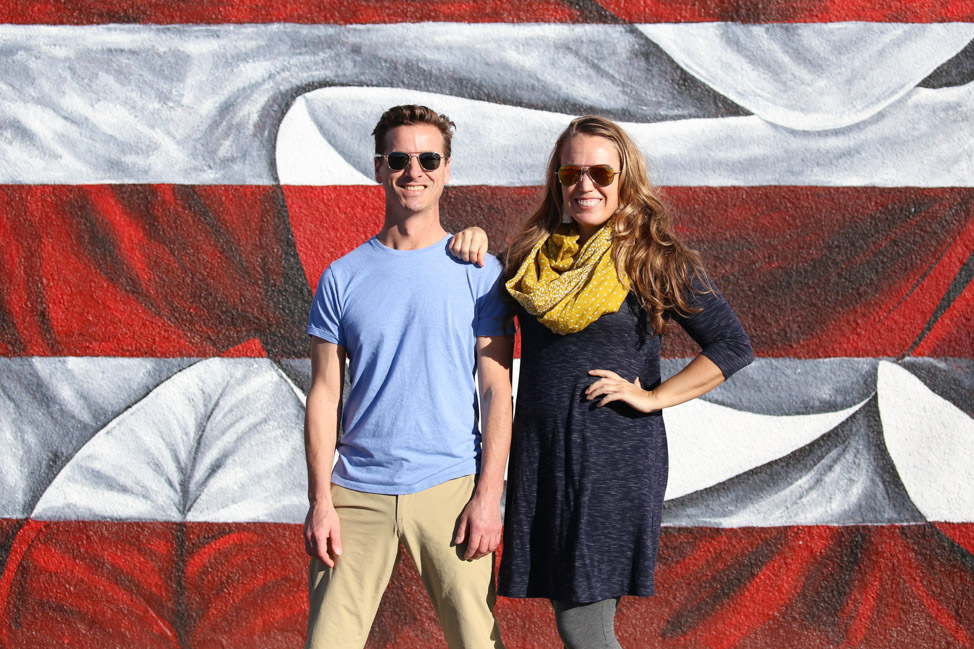
Don’t let bullies stop your progress, and don’t let the naysayers get to you
While I still read the comments on every news piece written about us mostly to correct any factual errors (and in an era of #fakenews, they abound), I’ve seen a lot of commentary on “this is a waste of money” and “I can’t believe they’d desecrate the flag like that” and all manners of uninformed opinions. It takes everything my hot-headed self has in me not to respond, but the world is full of trolls who live miserable existences, hide behind their computer screens or hammer out tentative tropes of nonsense; the quicker you learn to ignore them, the better off you’ll be. And I’ve always lived by the philosophy that if people are talking about you, then you must be doing something right.
Do encourage community buy-in
We established our company, DMA-events, as a for-profit, public-benefit corporation instead of a 5013c, that way companies can write off their donations 100 percent as a marketing expenses, versus 50 percent as a charitable contribution. Still, businesses often just don’t understand why it’s a good marketing investment for them, so you better have your elevator pitch polished. We’ve found that many prefer to think of it as a community improvement investment instead of marketing for their business by simply having their name attached, so figure out what’s the best way to approach companies in your area.
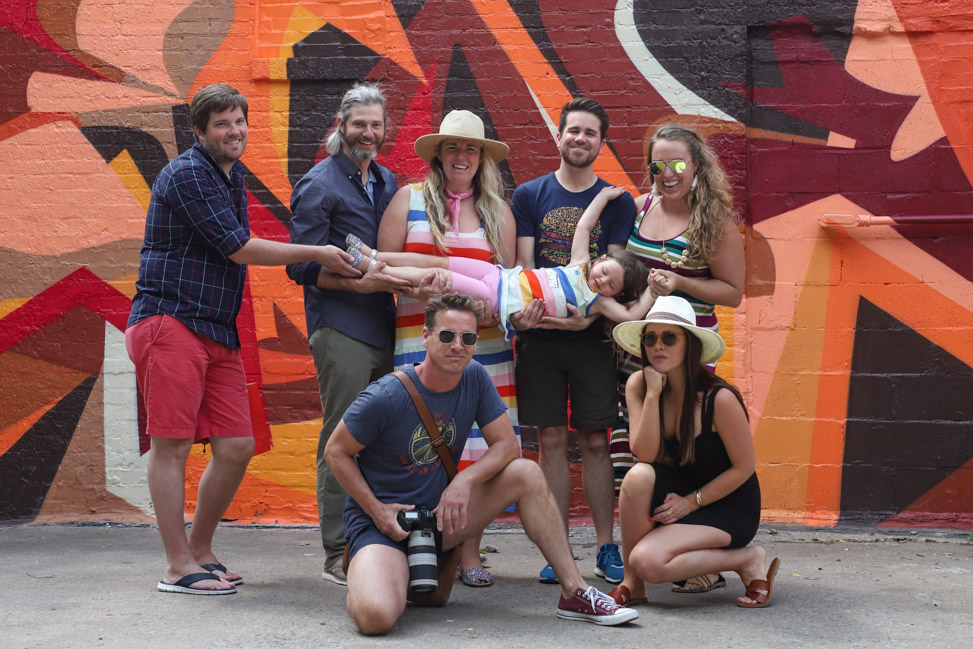
I could write a novel about other things we’ve run into since we started our mural program, but the underlying theme is this: You have to really be invested in art and passionate about community improvement if you want to move forward with such an idea. It is not easy and not for the faint of heart. It is not going to be your retirement plan. And it’s not going to be accepted by all, because in small, conservative towns especially, you’re always going to run into people who want to put that town into a decaying time capsule.
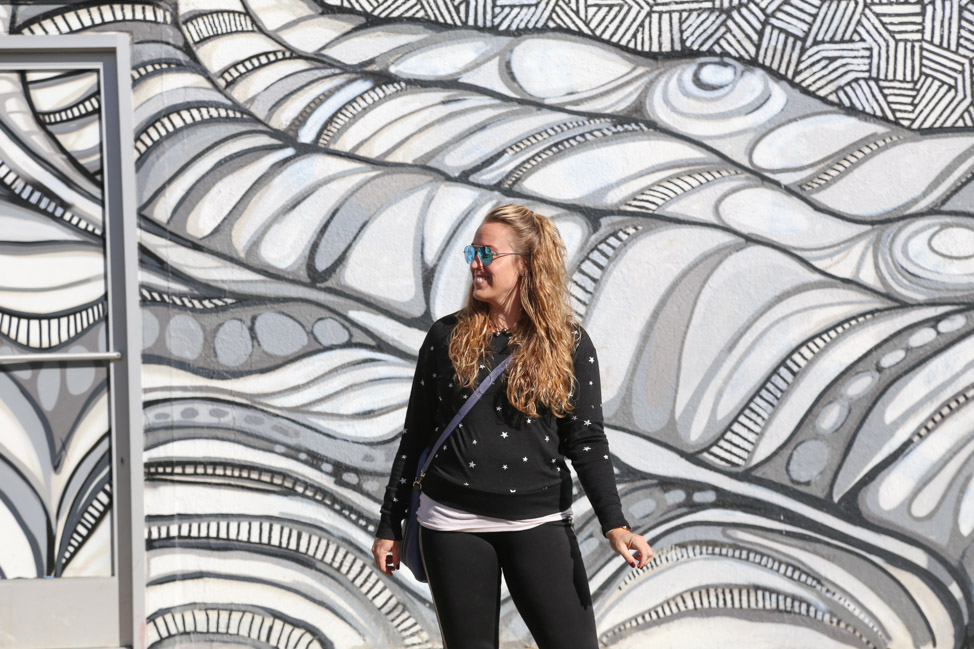
On our inaugural effort, the Southern magnolia/American flag in Manchester, we were thrown under the bus by many elderly members of the community who thought we were out to terrorize the town, we had now-former friends betray us because they didn’t want to piss off said elderly members by showing their support for our project, and we were beaten down so many times, we both thought about quitting on numerous occasions. After all, why were we spending all of our time and personal funds trying to fix up a town that was satisfied with mediocrity?
But like anything else in life, you sometimes have to take a step back and look at the greater picture, give yourself some space to think about your motives for starting such a program and take a breather if it’s necessary.
Every time I feel ready to give up with this town and this project, I drive by Tara’s Southern Magnolia flag mural on the way to my house and I’m proud all over again that this, this is something we helped create.
And at the end of the day, that’s enough.
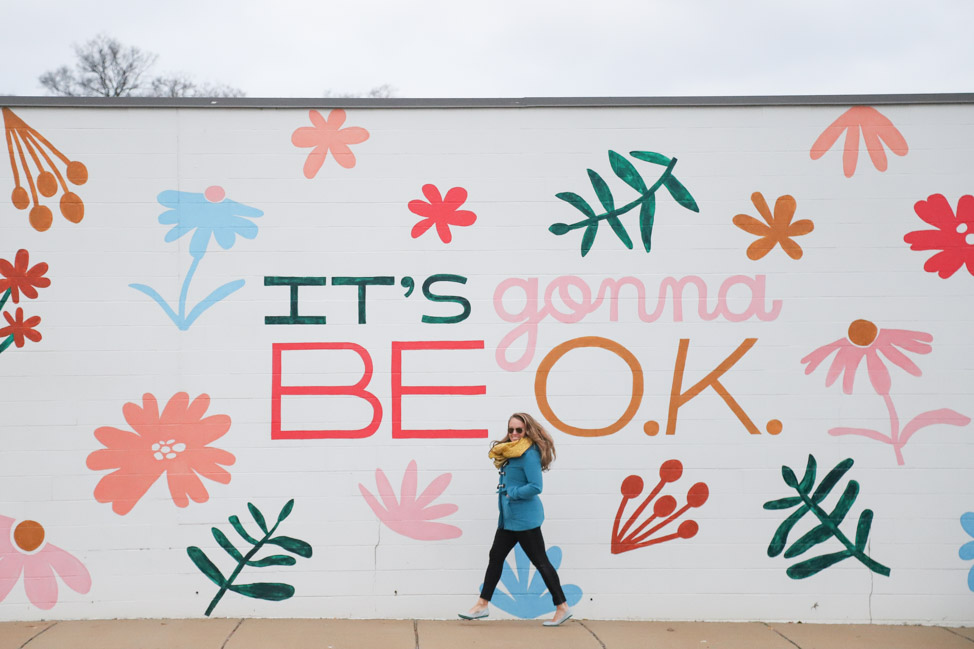
Looking for more posts about curating public art? Start here:
- Art Talk: How to Start a Mural Program in Your Own Town
- Can Government Regulate Art? The Many Nuances of Mural Law
- Using Murals in Marketing and Social Media: Are You Violating Someone’s Copyright?
- Fact or Fiction? Debunking Mural Myths
We also do public art and creative placemaking consulting. Feel free to contact us if you’d like more information.
PIN IT HERE
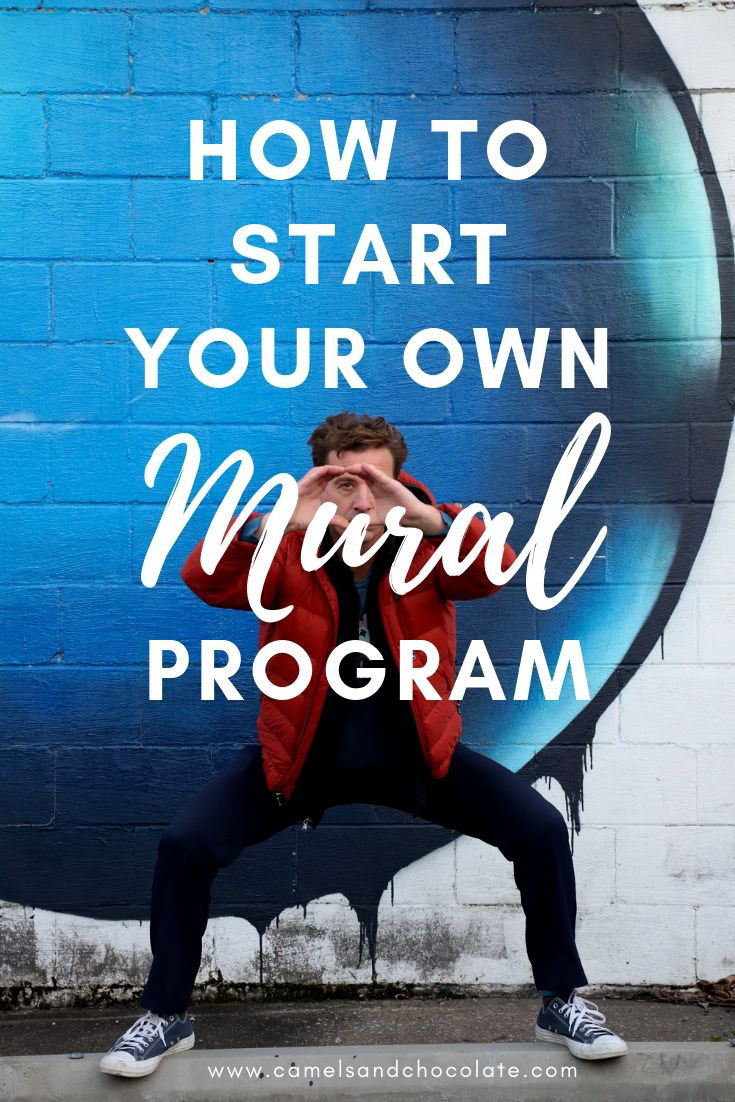
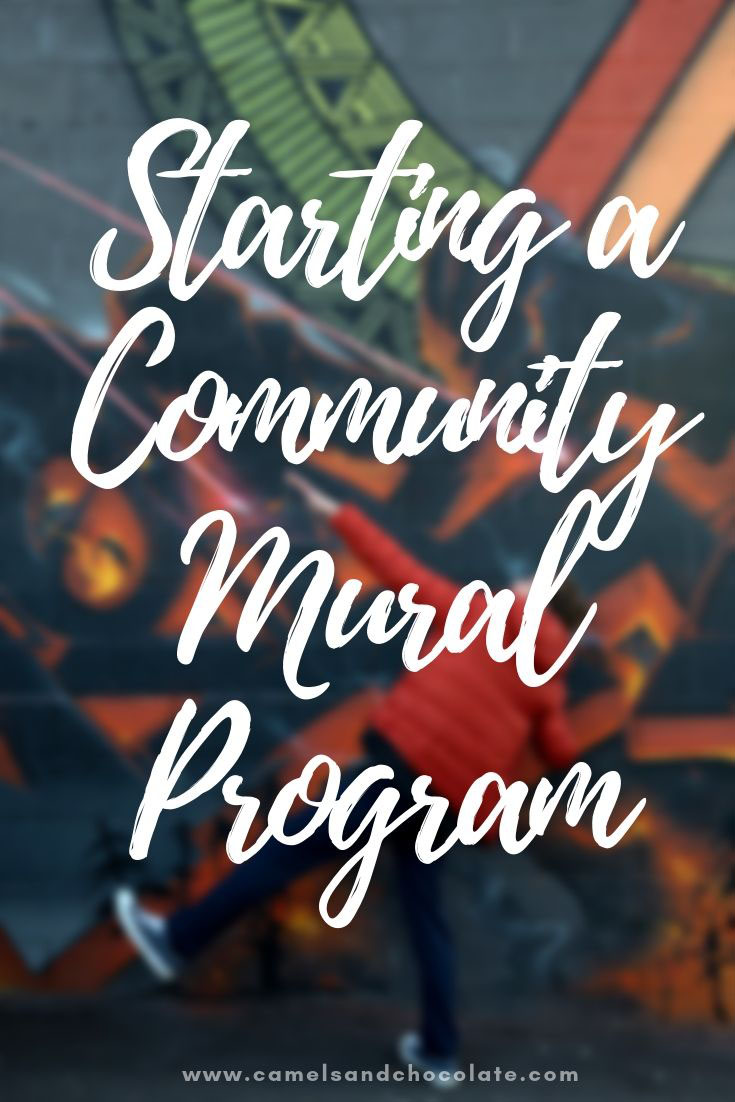
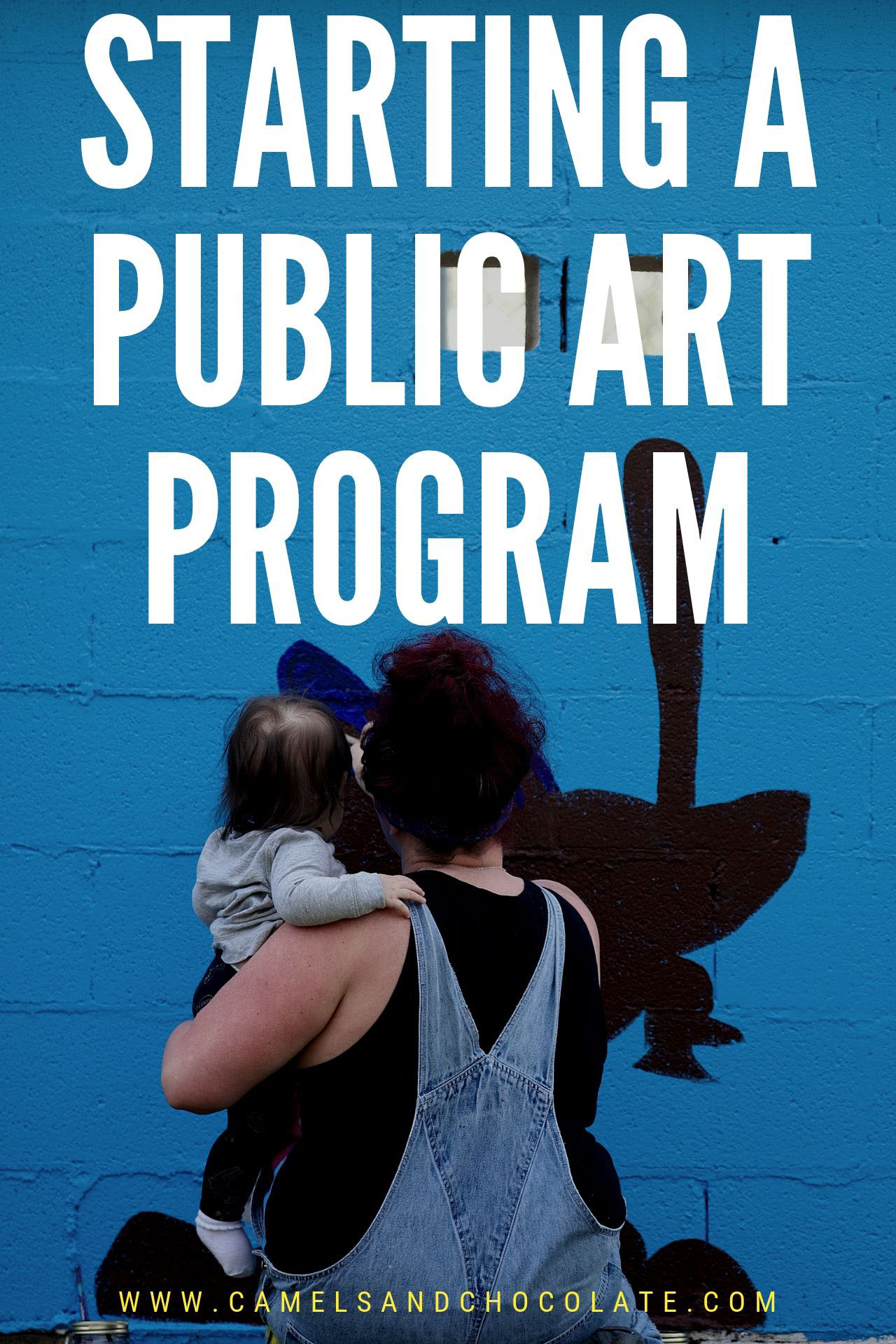
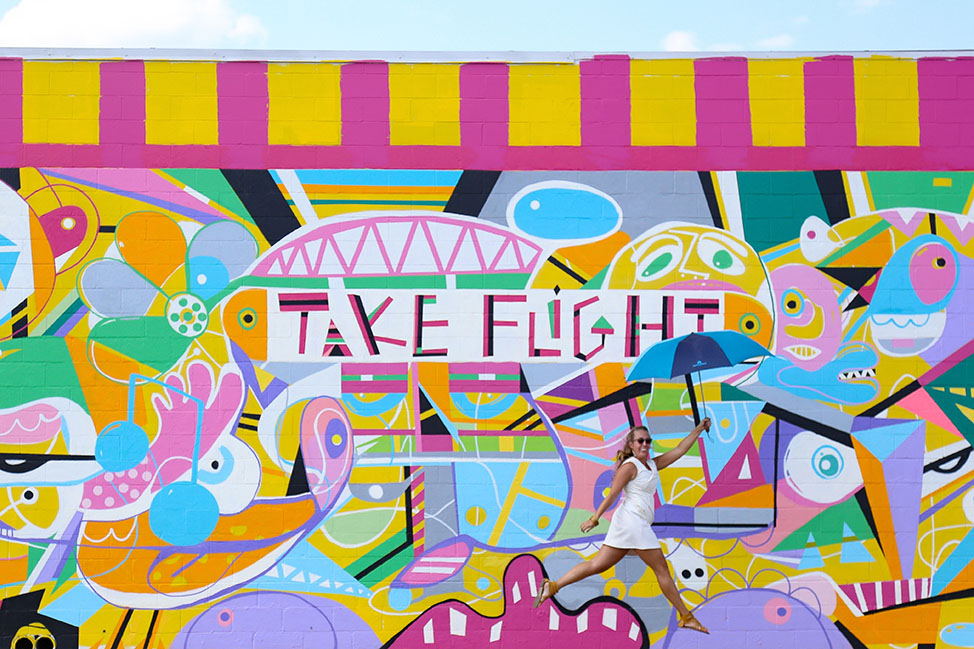
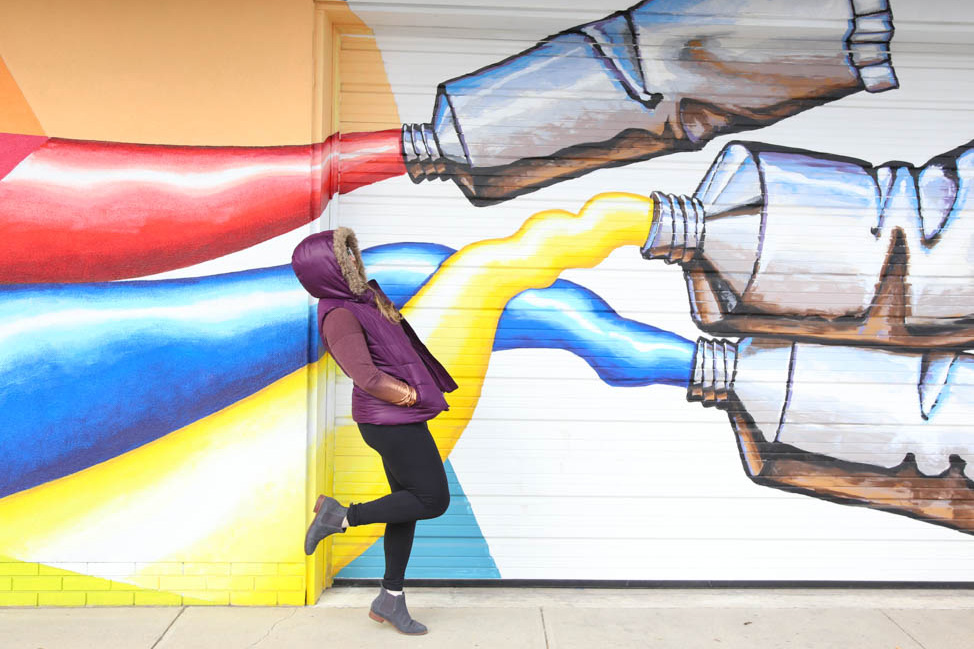
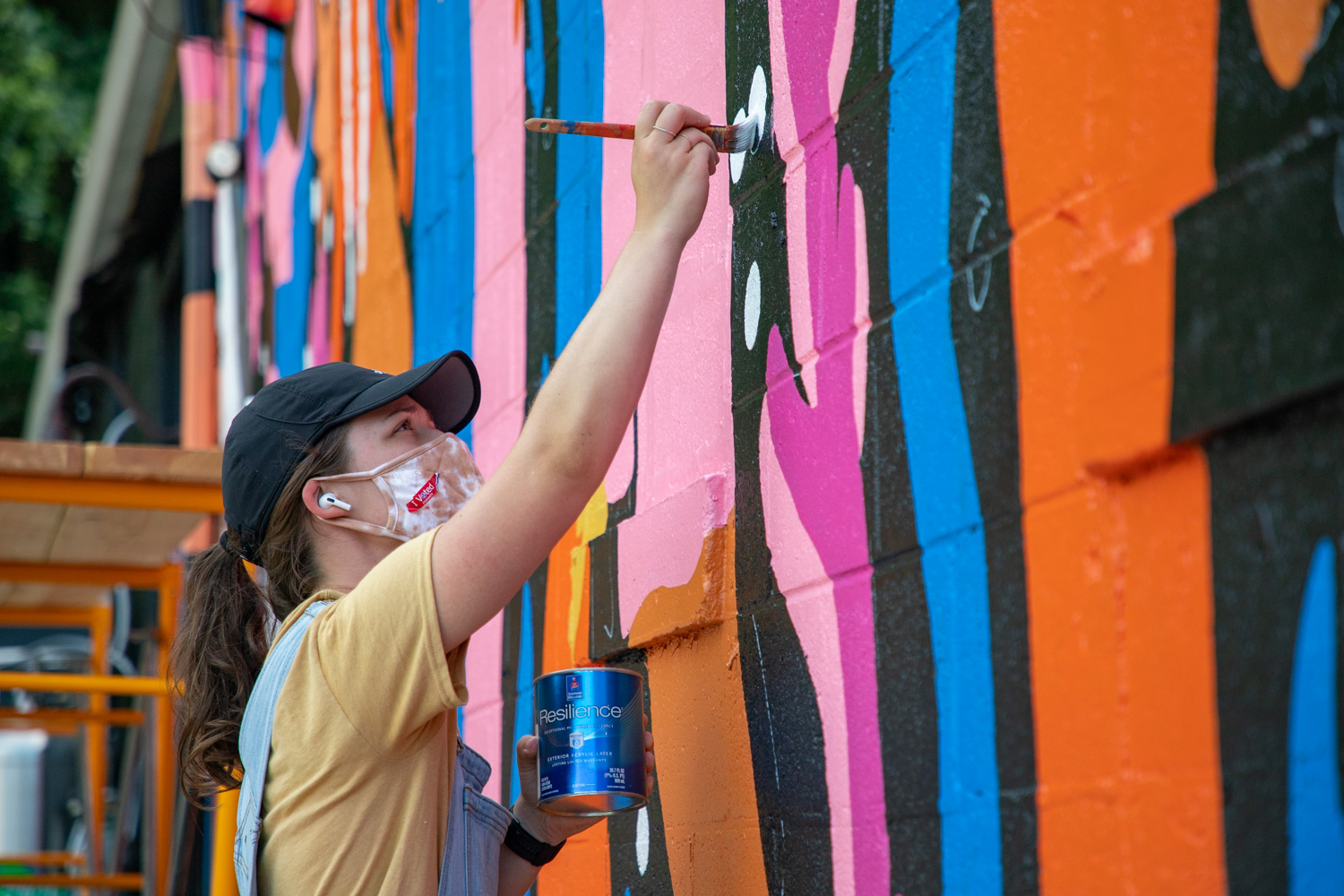
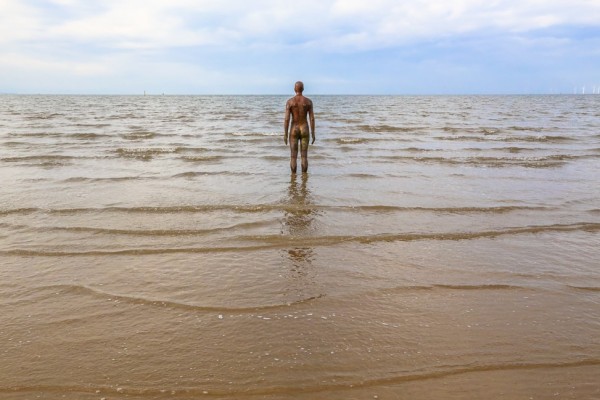
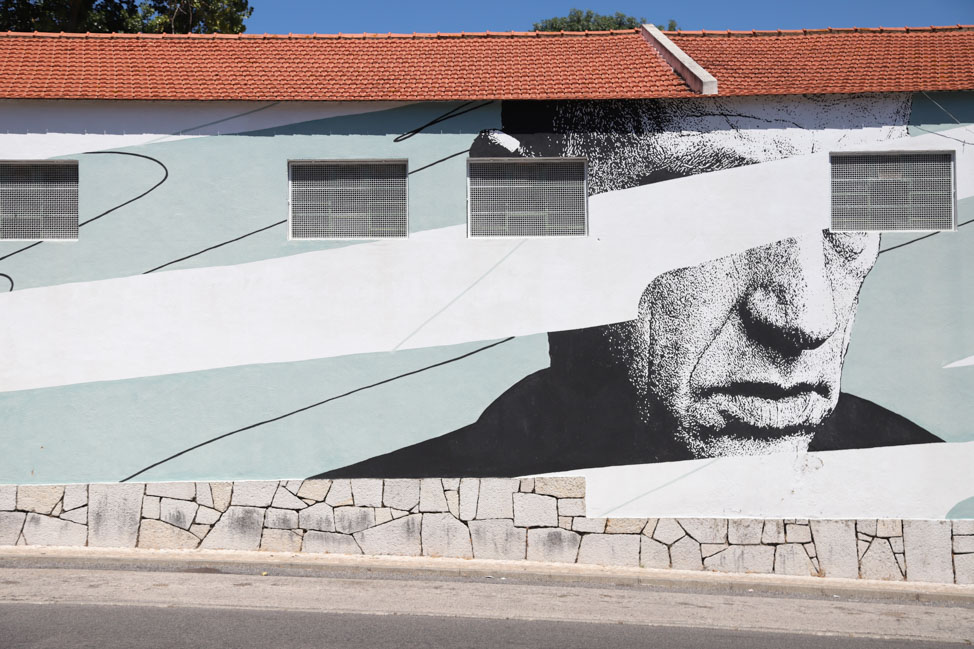

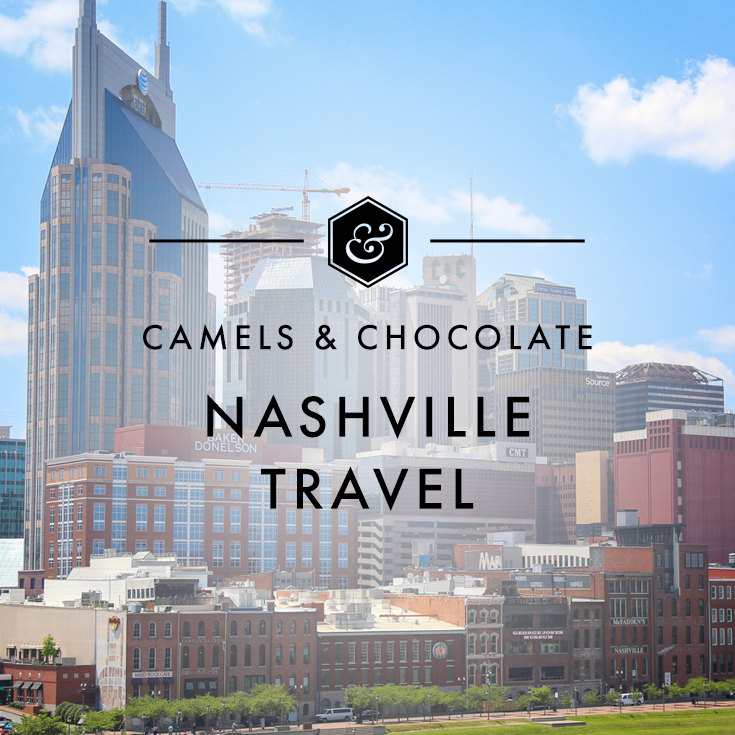








My sister has bee looking for a mural artist that can show their talent through the walls of our hometown. I think that the idea of surrendering our need to micromanage and give the artist a black canvass as you’ve mentioned could lead to a great result on our end. I do hope that we’ll be able to find a mural artist that can speak the community’s thoughts and feelings through art.
That’s awesome, Rachel! Happy to share any other tips we’ve learned if you guys need any guidance. I’m thrilled you’re taking it upon yourselves to do this!
We have a building in town (fair haven nj) vacant for some time- as development for the property is slow- the owners okayed us to make a mural which will have a short life span bc the building will come down. I was hoping to use local art teachers and students to create- finding the designing is stumping us.
We also were going to go to Benjamin Moore for paint donations. How do calculate hours it will take, for novice to paint. After reading your site, I’m getting a bit worried we won’t succeed. Any thoughts welcomed
Hi, thanks for such an informative article. I live in Los Angeles County were murals are everywhere (except the city I live in). I started a chat online with local neighbors about a perfect spot for a mural and many are on board.
I just found out who the owner of the property is. Do you have a sample letter that I could send to the property owner to convince them to file for a permit so we could get a mural on the property? Thank you!!!
Hi Samantha! Successfully pull off a mural all comes down to rapport with the property owner, so we usually spend weeks (or months) courting property owners with whom we’re interested in partnering. I’d go in and introduce yourself in person vs. sending a letter since art is a very personal project, as Scott and I have had so much more success establishing face-to-face relationships instead of email ones. Best of luck as you move forward, and how exciting!
Thanks for your response! Unfortunately it’s a business property which was bought by a larger LLC entity. So the property owner would not be available to speak with me if I were to visit the building.
The only information I have for this LLC is their business name and their mailing address. But they are hard to find online for a phone number or anything else. So sending a letter right now is my only option at the moment…
Greetings,
I am heading a committee that will oversee and curate a mural initiative in my small town in Virginia.
Do you have any recommendations about diplomatically choosing and hiring artists? (especially if grant money is involved). Do you recommend a system for sourcing artists such as establishing an artist registry for town projects or do you put out a call for artists based on each project? I would especially be interested in hearing how you structure contracts and issue payments.
I sincerely appreciate any advice.
Many thanks in advance.
Melissa
Hi Melissa!
So sorry that I’m just seeing this. We hire all artists based on their bodies of work; for most projects, we reach out directly, but we also have a submission form on our site where anyone can submit their name and portfolio for consideration, which is how we’ve found new-to-us artists who weren’t previously on our radar. I’ve never seen a grant that requires an RFP process for the hiring of an artist; however, if we were ever working on a project where to a design concept or rendering was required upfront, we’d pay the artist for the drawing and then also for the mural if they were later hired for the project. Hope that’s helpful!
I’m a Main Street Manager and have a a couple questions about the lines between signage, branding, and art.
Branding of both the business and the district. When searching for an artist, is it reasonable to impose a style/brand on them.
One of our business owners would like a mural on the side of her building, and would love if it could reflect the brand of her business (simple home decor – she’s an interior designer). She’s hoping to have a forest landscape that engages interaction from passersby. What approach should she take to this in finding a muralist, or is she just better off doing it herself? And at what point is reflecting a brand just making it a sign, even without the logo?
Also, we are working on both branding and placemaking plans for our Downtown. How prescriptive should we be in these plans when it comes to murals? Is discouraging words a bad idea? How about limiting color? We are leaning toward highlighting local natural resources in both plans so could we discourage tropical plants and elephants? (Understanding that we can’t restrict them because of freedom of speech.) FYI – Our city has a mural program that addresses materials and maintenance.
I really am excited to have discovered your website! What an amazing resource! If you’ve already written posts that address these questions, please refer me to them so that I can share with my team and community! Thanks!
Thank you for your comment, Elisa Joy! These are common issues that communities struggle with so I thought I’d lay out a couple pathways that will help:
For branding a business (or a district), this type of art is what we like to think of as “graphic design” style creative. When a company wants to make an awesome logo, invent a name, create a style or theme for their business, it’s typically a collaboration with an artist that is able to take someone else’s ideas and bring them to life visually. I dare say that the majority of businesses in the world have used this type of artistic craft to create their identity. We would classify it as commissioned design, not public art.
If an individual wants to install a mural on his/her place of business and have it reflect the company, that type of artwork veers into a less protected commercial speech category, and can likely be regulated by a governmental body as a sign. However, and this is the great thing about art, there is nothing wrong with an artist being inspired by the business, the business owner’s vibe or aesthetic and creating a mural that would be 100 percent protected under the First Amendment. It would be very difficult for a sign ordinance in a local community to properly define how much of a piece of artwork is or isn’t art because those decisions are purely arbitrary, and therefore unconstitutional. It would have to be obnoxiously obvious that the mural was an advertisement for the place of business, for example if the forest spelled out the name of the company. We’ve seen many pieces of public artwork that are cohesive with the business that is inside the building and they’re not all bad. They’re usually not inspiring and are a bit cliché, however, and doesn’t grab the attention of the general public like a unique piece of art, which is an invaluable way to market the business inside. Our work with the nonprofit actively discourages this type of public art since it’s predictable and can get really stale if there are collections of them in the same community. To really get attention to a business, find an artist and inspire them to create something awesome for the entire community to enjoy.
Approaching artists with a specific idea in mind is tricky and something we steer away from as champions of pure creative expression. If the owner already knows what she wants, then perhaps she’s looking in the wrong place and should hire a sign painter that’s skilled in design and execution. If there are artists that she’s drawn to because of previous work, it’s best to trust the reason she would want to reach out to the artist in the first place, and that is because she’s moved by the artwork they’ve already proven they know how to produce. As curators of artwork ourselves, we reach out to artists who have a professional body of work that we like and good communication skills. Beyond that, we try to loosely define how they approach working with their craft and stand as far back as possible to allow them to stretch out, relax and do what they’re good at. This is the whole point of hiring an artist! Even the smallest attempt to insert ourselves into the creative process changes the dynamic of an individual creation and sucks the magic out of the art, turning it into a design project instead.
Placemaking is one of the most impactful things that a downtown group can do for its longevity and branding, and being prescriptive is the best way to have it fail entirely (maintenance aside, which is important to define). We’ve seen it happen many, many times that a well-intentioned group of folks get together to try to define what art means to them, what colors would be “good for the community” and what public artwork genre is acceptable. Besides being constitutionally suspect, and therefore restrictive to individual property owners and investors, it’s also just not interesting to display artwork that a group of people can agree on beforehand. Real art is one of those things that none of us can appreciate until it’s created, seen and experienced because we simply don’t know what we like until we see it. Can you imagine a world in which there were definitions on allowable artwork, of an individual’s expression? Our cultures would be devoid of nuance, color, flavor, love and inspiration if we would have held back the greatest creative minds that have graced us with their presence. The artists that have defined civilization, and continue to do so, were ones who broke the mold of perspective and took us to another place of dreams and big ideas. Trusting the creative found within all human beings is the first step to understanding how public art and placemaking should be approached by a team of champions. Creating a safe place and canvas for artists to work on their craft is critical for its success.
Best of luck as your town moves forward!
Amazing how the universe works!! This was the first site to pop up from researching “how to start a mural project”. I am originally from Murfreesboro, TN, lived all over the world, move back to the states to Naperville, Illinois where I finished my art degree and did research and a paper on how public artwork revitalized towns like Naperville. I am moving to a small little town in Kentucky in an area with amazing artists that should be showcased in their hometown but are not. I would love an opportunity to talk to you in more detail about your work and success.
Hi
I am currently working with property owners in my town about having a mural drawn of the economic developers in our town. I hope they listen to my story
Need help requesting a building from a store owner.
Hey there! I’m a muralist in Nashville, TN and would love to get involved if y’all need another artist for any upcoming projects. 🙂 Thank you!
I just found your page. I’m on the Parks Board in Signal Mountain, TN (near Chattanooga) and am interested in adding some murals to our public spaces. Thank you for your info and I look forward into diving deeper!